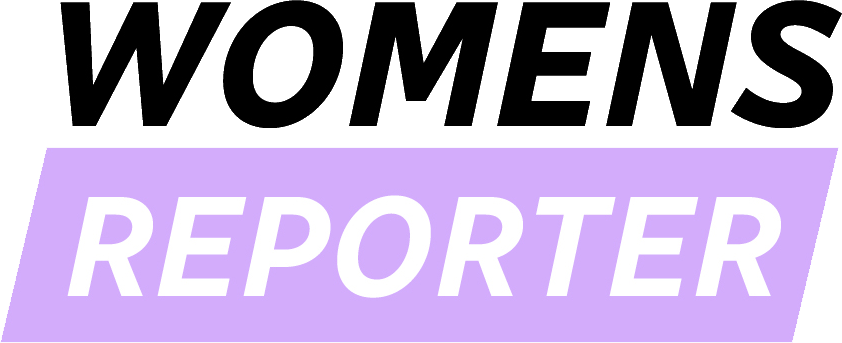As the fall season begins in 2025, consumer behavior around technology is showing two strikingly parallel trends: the rise of discreet, insight-driven wearable devices and a simultaneous embrace of digital minimalism. Together, these developments signal that many people are looking for a recalibration of their relationship with technology—less about flash and distraction, more about balance, presence, and health.
One of the most visible shifts comes from the growing popularity of smart rings. These small, discreet devices are becoming the wearable of choice for many who once relied on bulky smartwatches. The appeal lies in their ability to track health and lifestyle indicators—such as sleep patterns, heart rate variability, temperature changes, and posture—without drawing constant attention. For years, consumers have wrestled with the intrusive presence of screens strapped to their wrists. Now, with sensor miniaturization and stronger integration with smartphones, rings offer the promise of seamless monitoring that blends into daily life. They reflect a wider movement toward ambient technology: tools that quietly gather data and provide useful insights without requiring continual engagement.
The design philosophy behind these new wearables is markedly different from earlier generations. Instead of prioritizing bright displays or flashy notifications, the emphasis is on unobtrusiveness and subtle utility. Developers are pushing advances in artificial intelligence to ensure that the data collected translates into meaningful advice for users. For example, rather than merely presenting a chart of sleep cycles, a ring may suggest small adjustments to daily routines to promote better rest. The device may gently alert someone to improve their posture after long periods of sitting, or flag potential health issues through early biometric shifts. Consumers appear to be gravitating toward this softer, more supportive role for technology.
At the same time, a growing share of consumers are taking active steps to limit their overall technology exposure. The “digital detox” movement, which began as a niche wellness practice, has entered the mainstream. Many are now deliberately reducing their screen time, uninstalling non-essential apps, or restricting themselves to tools that have clear, purpose-driven benefits such as journaling apps, sleep trackers, or guided meditation programs. This is less a rejection of technology than a reassertion of control over how it is used. People are beginning to curate their digital lives the way they curate their wardrobes—seeking quality, intentionality, and fit rather than sheer quantity.
Retailers have taken note of this consumer mindset and are shaping their seasonal offerings accordingly. Ahead of the holidays, companies are increasingly promoting “mindful kits” that combine wellness products with minimal or no digital components. A kit might include a meditation guidebook paired with an essential oil diffuser, or a ceramic tea set alongside a mindfulness journal. Some retailers are also pairing analog items with subtle technology—for instance, a sleep-tracking wearable sold together with aromatherapy products that encourage better rest. These bundles appeal to shoppers who want to give gifts that support presence and wellbeing rather than fueling further screen addiction.
This balancing act—between leveraging useful technology and minimizing unnecessary exposure—highlights the evolving consumer psyche. For years, the tech industry thrived on making products more attention-grabbing, more addictive, and more immersive. Now, a growing segment of buyers is turning away from that model, signaling they want technology to enhance their lives without dominating them. It reflects a shift in cultural values, where “more” is no longer the default measure of progress. Instead, “better use” and “greater balance” are emerging as guiding principles.
Wellness experts say this dual trend is particularly relevant as people reassess their priorities in a post-pandemic world. After years of remote work, digital fatigue, and round-the-clock notifications, many are searching for healthier boundaries. Wearables that integrate into daily life without intruding and wellness routines that restore focus are natural extensions of that shift. At the same time, the holiday season often amplifies consumerism. By leaning into mindful shopping and balanced technology, both brands and buyers are signaling a desire for something different: experiences that support human connection and self-care rather than constant digital engagement.
The months ahead could prove pivotal in shaping how the technology sector evolves. If consumer demand continues to reward subtler, wellness-oriented devices, developers may shift more decisively away from screen-driven designs and toward ambient, background tools. Meanwhile, the popularity of mindful gift bundles and digital detox products shows that consumers are willing to spend on experiences and lifestyle enhancements that do not require another app download or constant connection. The intersection of these two trends may define the holiday season of 2025, where technology is valued not for how much of our attention it captures, but for how quietly and effectively it can support the lives we want to lead.
